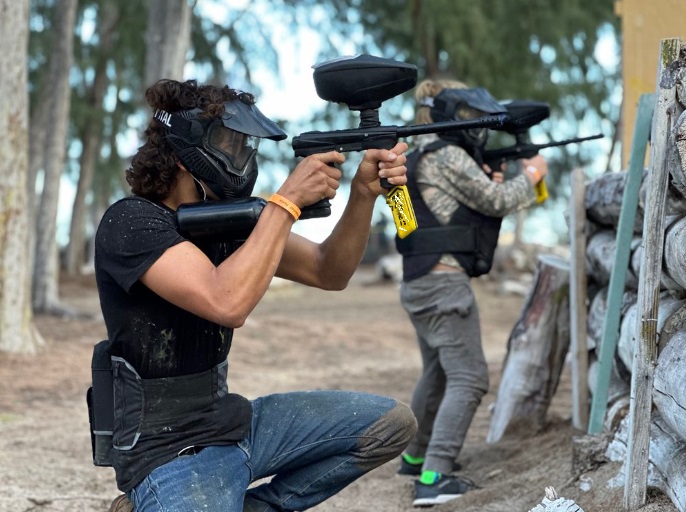In the realm of paintball and airsoft, the choice of propulsion system—compressed air versus CO2—can significantly impact performance, consistency, temperature effects, and overall efficiency. This article delves into the technical aspects of both systems, providing insights into how they influence the game and introducing the role of high-quality cylinders in optimizing performance.
Performance and Consistency
Compressed Air: Also known as High-Pressure Air (HPA), compressed air offers superior consistency and reliability. Unlike CO2, which can fluctuate in pressure due to temperature changes, compressed air provides a steady output pressure. This stability enhances accuracy and shot-to-shot consistency, making it a preferred choice among competitive players. High-quality carbon fiber cylinders, specifically designed for HPA systems, play a crucial role in maintaining this performance level by ensuring a constant supply of pressurized air.
CO2: CO2′s performance can be unpredictable, particularly in varying weather conditions. As CO2 is stored as a liquid and expands into a gas upon firing, its pressure can drop in cold temperatures, leading to decreased velocity and range. In hot conditions, the opposite occurs, potentially increasing the pressure beyond safe limits. These fluctuations can affect the consistency of shots, posing a challenge for players seeking reliable performance.
Temperature Effects
Compressed Air: One of the significant advantages of compressed air is its minimal sensitivity to temperature changes. HPA tanks, equipped with regulators, adjust the pressure automatically, ensuring consistent performance regardless of the ambient temperature. This feature makes compressed air systems ideal for playing in diverse weather conditions without the need for constant adjustments.
CO2: Temperature significantly influences CO2 performance. In cold weather, CO2′s efficiency drops, affecting the marker’s firing rate and accuracy. Conversely, high temperatures can increase internal pressure, risking over-pressurization. This variability necessitates careful monitoring of CO2 tanks and often requires players to adapt their strategies according to temperature conditions.
Overall Efficiency
Compressed Air: HPA systems are highly efficient, offering a greater number of shots per fill compared to CO2, due to their ability to maintain a consistent pressure level. This efficiency is further enhanced by the use of lightweight, durable carbon fiber cylinders, which can store air at higher pressures than traditional steel tanks, extending playtime and reducing refill frequency.
CO2: While CO2 tanks are generally less expensive and widely available, their overall efficiency is lower than that of compressed air systems. The fluctuating pressure levels can lead to wasted gas and more frequent refills, increasing long-term costs and downtime during games.
Conclusion
The choice between compressed air and CO2 systems in paintball and airsoft significantly impacts a player’s experience on the field. Compressed air, with its consistency, reliability, and minimal temperature sensitivity, offers clear advantages, especially when coupled with high-quality carbon fiber cylinders. These cylinders not only enhance performance but also provide safety and durability, making them an invaluable component of any HPA system. While CO2 may still be used for recreational play, those seeking competitive edge and efficiency are increasingly opting for compressed air solutions, driving innovation and development in cylinder technology for the sport.
Post time: Feb-02-2024

